When it’s legal to shoot the wrong wolf
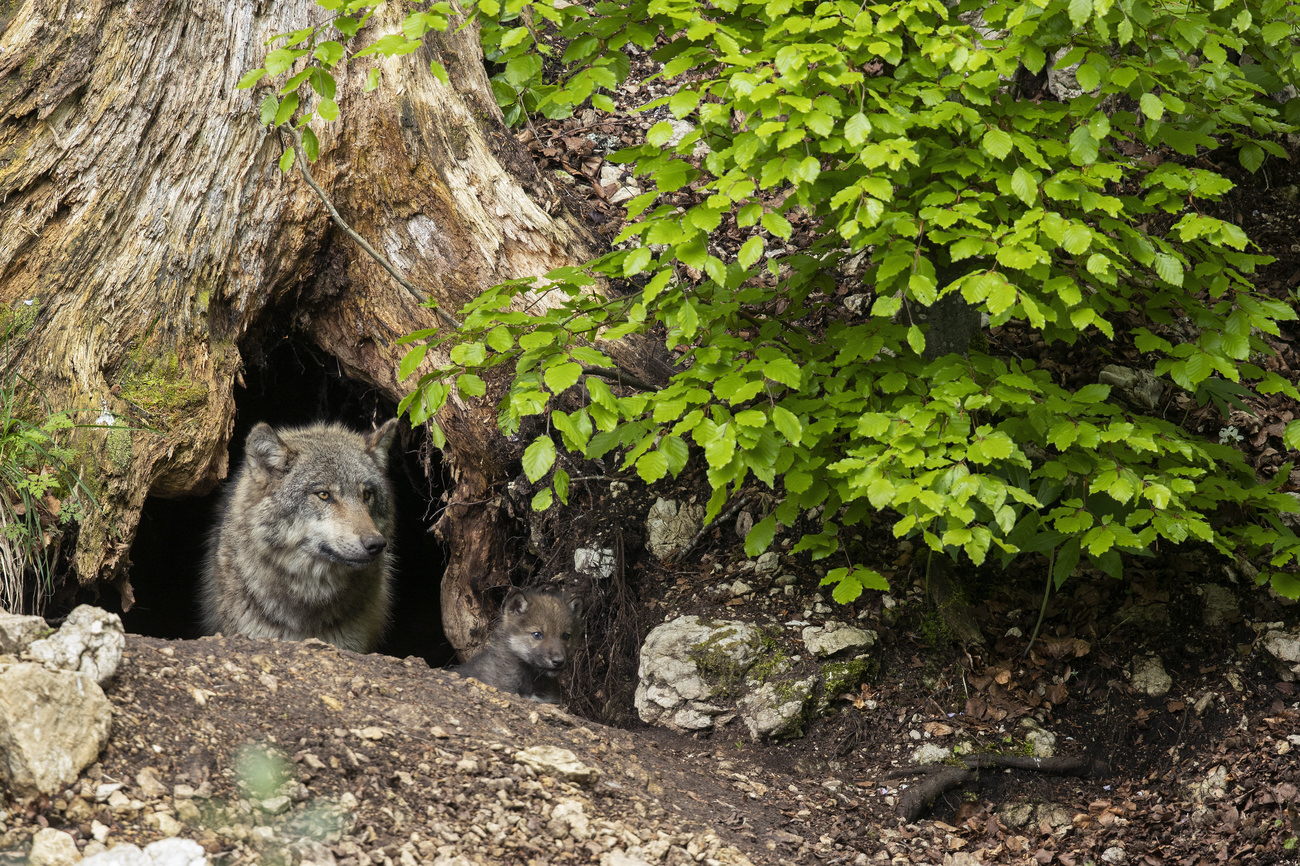
With the Swiss wolf population poised to reach 350 by 2025, the authorities are making it easier to kill them. An interest group, meanwhile, is pursuing legal action after the unjustified shooting of three wolves last year.
On the hunt for an officially designated problem wolf, a gamekeeper in western Switzerland shot and killed the wrong animal on the night of November 27, 2022. The authorities had put a young wolf on the hit list – but as a DNA analysis in early 2023 revealed – it was M95, a breeding male, who ended up in the crosshairs in canton Vaud.
Also last year, two similarly fatal cases of mistaken identity occurred in cantons Graubünden and Valais. The Swiss Wolf Group finds the errors unacceptable because killing a pack leader rather than a young animal can cause the pack to break up.
“So shooting a leader isn’t a trivial matter,” says David Gerke, managing director of Swiss Wolf Group. “It’s a serious intervention that affects the wolf population.” Now his organization, which describes itself as “the voice of large carnivores in Switzerland”, may file a criminal complaint in response to the shootings.
“The shooting orders as such were lawful, but the shootings did not match the orders. This is a violation of the hunting law, which is punishable by a fine or penalty,” explains Gerke. More clarification is needed to determine who should be charged. While the errors were on the part of the gamekeepers who fired the shots, Gerke notes that Swiss Wolf Group is “in no way concerned with punishing the gamekeepers, because they’re only following orders”.
The KORA foundation, which monitors Swiss carnivore ecology and wildlife management, keeps detailed figures on new arrivals as well as losses in the Swiss wolf populationExternal link. The death of M95 was the 105th recorded since 1998; the cause is listed as “legally shot”.
Hunted to extinction
In the late 19th century, Swiss wolves were hunted to extinction. Then in 1995, a lone wolf wandered over the border from Italy. Today, some 20 packs with around 180 wolves live in Switzerland and along the Italian and French borders. KORA estimates that Switzerland will have 50 packs and a total of 350 wolves by 2025.
The return of the wolf to Switzerland is fraught with controversy. One the one hand, it’s celebrated by ecologists, who highlight the role of carnivores in boosting and maintaining biodiversity. On the other, it’s a source of worry for farmers. Wolves typically eat deer, chamois and wild boar, yet sheep and goats are a welcome supplement.
Livestock losses have been growing exponentially in recent decades. From 1998 to 2008 around 1,000 kills in total were recorded; since 2020, the annual toll has been nearly as high.
Farmers who lose livestock in wolf attacks are compensated from the public coffers. They also receive financial aid to help them buy security fences and livestock guarding dogs.
Moves to reduce protection
Under the international Bern ConventionExternal link, the wolf is a “strictly protected” fauna species. However, Switzerland has twice proposed that this status be downgraded to “protected” – most recently when the convention’s standing committee met in November 2022. That convention classification allows “a certain exploitation … if the population level permits”. Andorra, Iceland, the UK and the 27 EU countries opposed the amendment, which was in turn supported by Azerbaijan, Belarus, Georgia, Liechtenstein and Turkey. Monaco, Norway and Serbia abstained.
In December 2022, the Swiss parliament approved changes to the Swiss hunting law to make it easier to shoot wolves. With the consent of the federal government, the cantons will be allowed to regulate wolves from September 1 to January 31. Shooting should prevent livestock losses without endangering the wolf population. A prerequisite for shooting is also that herd protection has not been possible via reasonable measures.
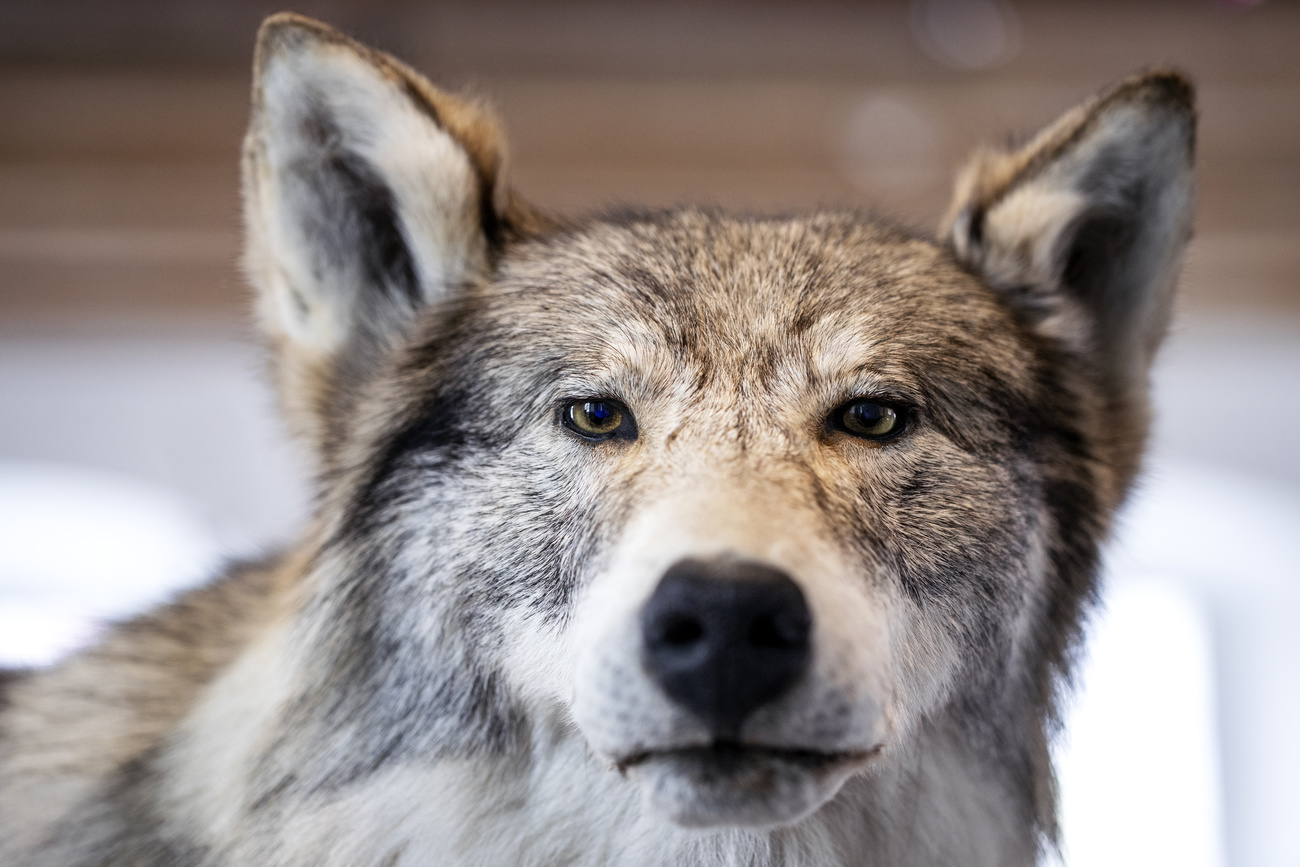
More
Wolves can be shot before they kill
In a 2020 referendum, Swiss voters rejected parliament’s previous adaptation to the law, which would have allowed the individual cantons to shoot wild animals without obtaining federal permission. Unless there is another referendum, the latest revisions are expected to take effect in 2024.
Massive Swedish cull
Other countries have different and sometimes more severe approaches to dealing with wolves. In recent weeks, a massive cull of wolves in Sweden has sparked renewed debate after the government gave hunters permission to kill 75 animals out of a population of 460. In a letter published last year in the journal ScienceExternal link, an international group of specialists had already criticized the cull for endangering the Swedish wolf population.
“Hunting, conducted both legally and illegally, has prevented population expansion and the influx of genetic variation,” they wrote, noting that the genetic base was extremely narrow. “Limited immigration followed by inbreeding could lead to extinction.” This rather isolated Scandinavian wolf population roams between Sweden and neighbouring Norway, with some 90% of its members based in the former.
“The whole idea of killing wolves or even managing large carnivore populations is currently one of the most divisive issues in Europe,” says John Linnell, a senior scientist at the Norwegian Institute for Nature Research. “But this is more about animal rights than conservation – sadly many people can’t separate these two,” he says. In a 2017 studyExternal link, Linnell and his colleagues analysed the lines of argumentation often used to justify killing wolves in Norway and related these to the criteria for exceptions that exist under the Bern Convention.
Linnell has the impression that Switzerland is doing well in terms of how it manages the apex predator. “I remember a wolf-free Switzerland where the idea of wolves was unthinkable. Today the population is increasing, you actively work to protect sheep, and you react to wolves that behave badly through selective removal.”
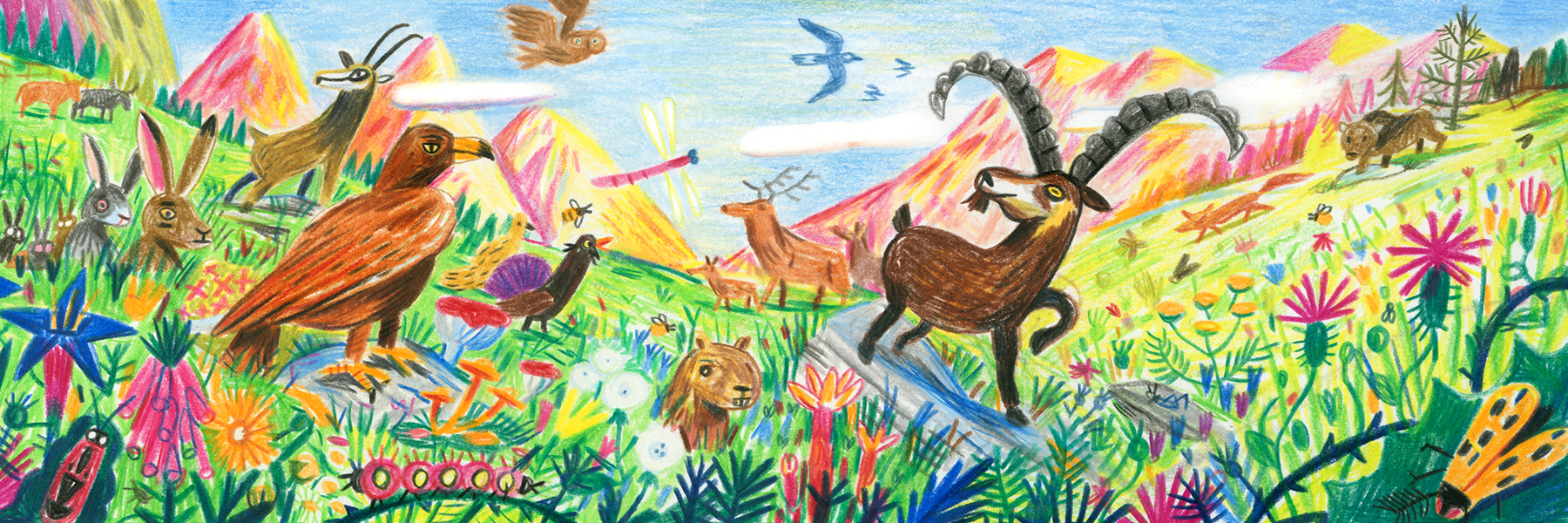
More
The Swiss Alps are beautiful, but are they biodiverse?
Never absolutely certain
So how difficult is it to identify and shoot the correct animal? It depends partly on the timing, says Swiss Wolf Group director Gerke.
“When the young animals are still clearly distinguishable from the adult wolves, one would expect the authorities to be able to tell them apart,” Gerke says, noting that in autumn, pups have noticeably different proportions, with shorter legs and larger-looking heads and ears.
As they grow, it gets harder to distinguish them from the adults. Many of the shootings take place at night, and as Gerke points out, “logically, the distinction is more difficult at night than during the day”.
This January, hunting authorities in canton Bern shot a wolf suspected of killing 22 sheep between October and December 2022 – including ten living on farms with what the authorities described as “sufficient herd protection measures”. In short, it was a “problem wolf” by Swiss standards, though the term itself is rather problematic, finds Niklaus Blatter, canton Bern’s hunting inspector.
“Often times, natural activity becomes a problem when viewed from the perspective of humans or a group of humans,” he says. Still, he and his team are convinced that condemning this particular animal was the right thing to do. The wolf they shot was attempting to attack a flock that had already suffered losses – in other words, in the act of a repeat attack.
“We are therefore very sure that we shot the ‘right’ wolf,” Blatter says, “but in wolf management, absolute certainty rarely exists.”
The wolf’s body is being examined at the University of Bern’s Institute for Fish and Wildlife Health.
Edited by Sabrina Weiss and Balz Rigendinger
More

In compliance with the JTI standards
More: SWI swissinfo.ch certified by the Journalism Trust Initiative



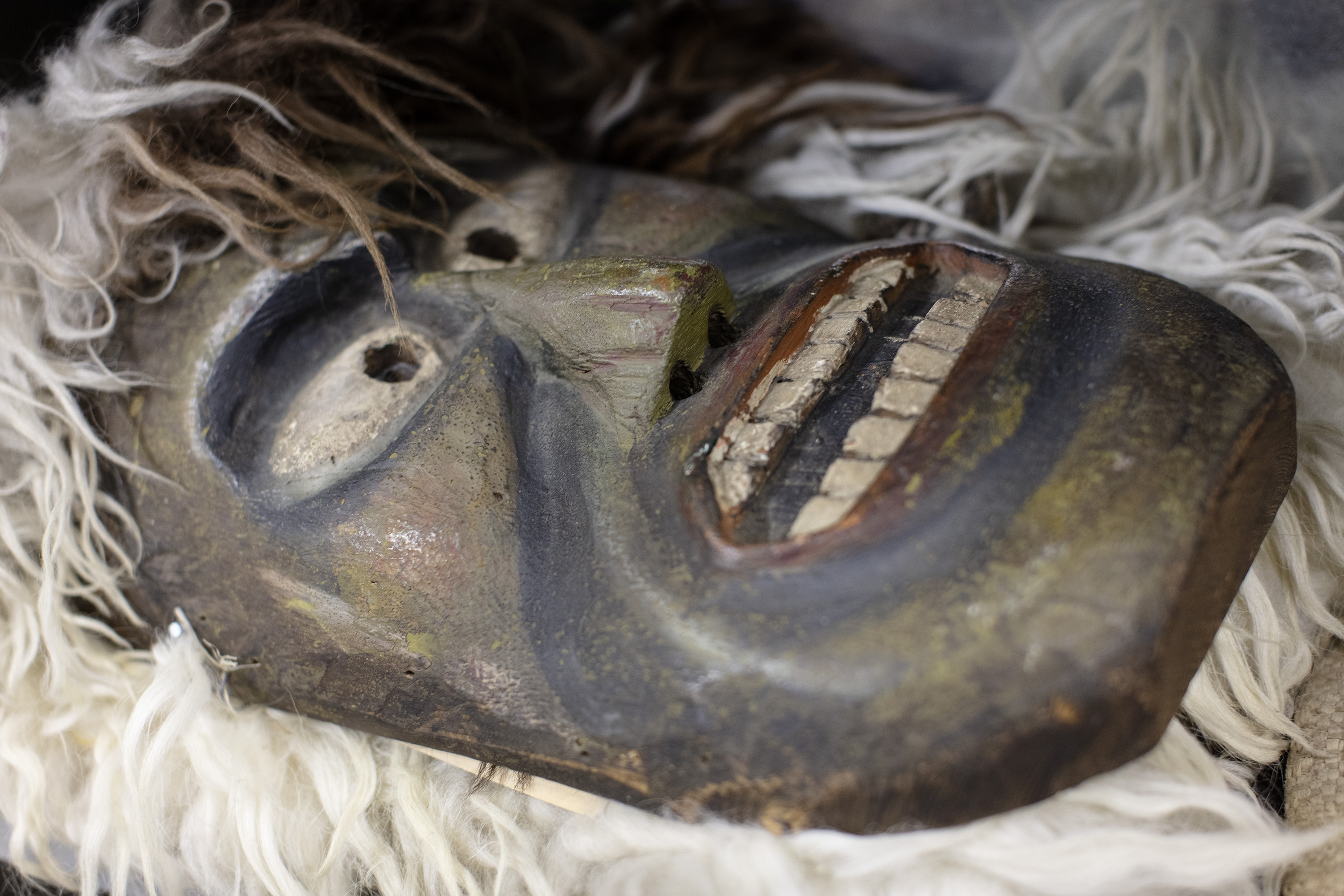









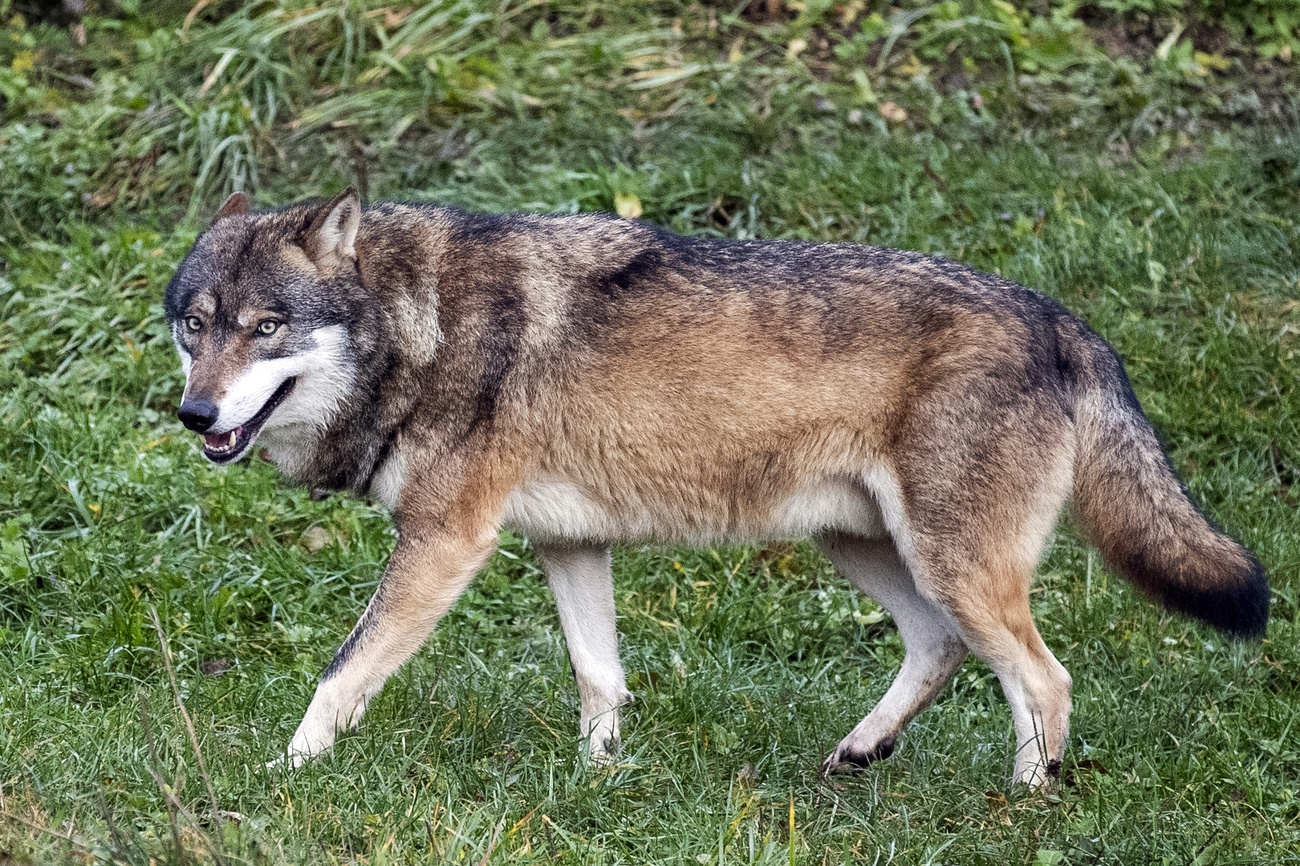
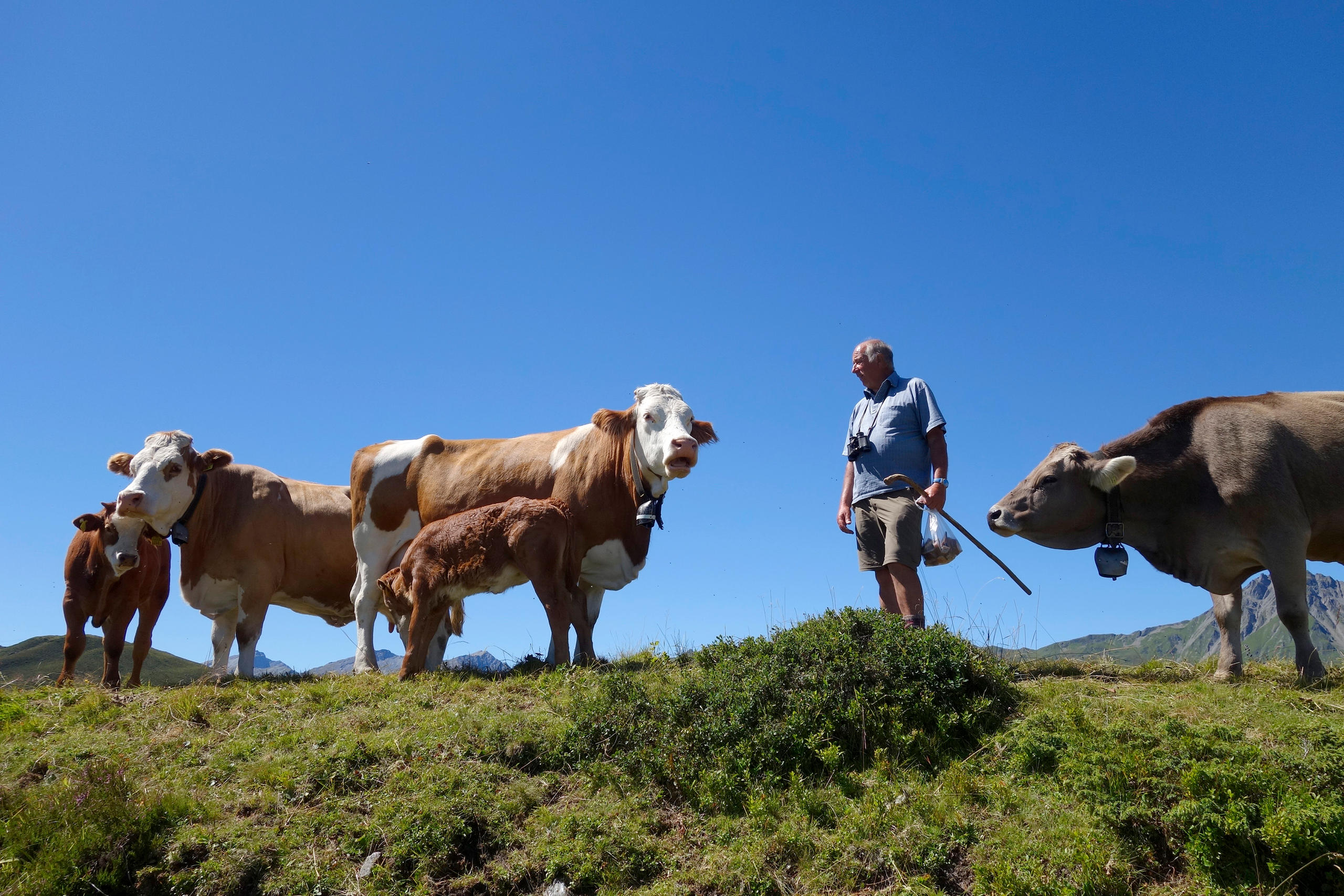
You can find an overview of ongoing debates with our journalists here . Please join us!
If you want to start a conversation about a topic raised in this article or want to report factual errors, email us at english@swissinfo.ch.